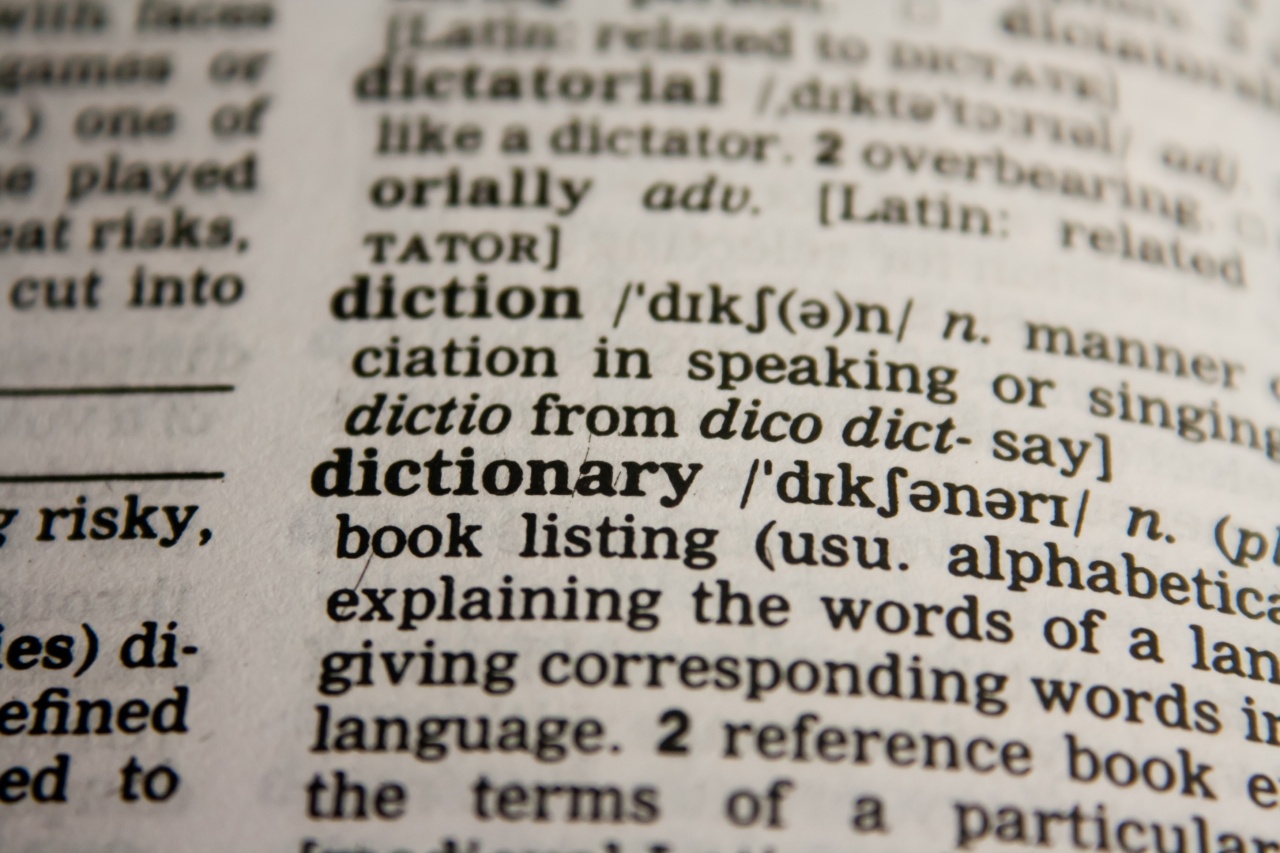Pain is a universal experience that affects individuals of all ages, genders, and backgrounds. Whether it is chronic pain resulting from a medical condition or acute pain caused by an injury, finding relief is a top priority for many people.
While there are various methods and treatments available to alleviate pain, the language we use when discussing pain relief can have a significant impact on its effectiveness. In fact, studies have shown that certain words and phrases can enhance the perception of pain relief by up to 33%.
In this article, we explore the power of language in pain relief and how specific words can make a substantial difference in managing pain.
The Influence of Language on Pain Perception
Language has always played a crucial role in human communication, but its impact on pain perception is becoming increasingly recognized.
Research has shown that the words and phrases we use to describe pain and pain relief can provoke physiological and psychological responses that affect how we experience and manage pain.
One study conducted by researchers at Stanford University found that using positive and empowering words when discussing pain relief not only enhanced the effectiveness of pain medications but also reduced the overall amount of medication required.
The study participants reported feeling more hopeful, supported, and in control of their pain when positive language was used during consultations with healthcare professionals.
Another experiment conducted at Oxford University examined the effects of different words on individuals experiencing thermal pain.
The participants were subjected to a controlled heat source while listening to a recording that used either positive, neutral, or negative words to describe pain relief. The results showed that when positive words were used, the participants reported a 33% increase in pain relief compared to when negative or neutral words were used.
Empowering Language for Pain Relief
Choosing the right words and phrases when discussing pain relief can be empowering and provide individuals with a sense of control over their pain. Here are some examples of empowering language that has been shown to enhance pain relief:.
1. “You are in control.”
Using this phrase acknowledges the individual’s ability to manage their pain and reinforces a sense of empowerment. It encourages active participation in pain relief strategies and instills confidence in the individual’s ability to cope.
2. “This treatment has been proven effective.”
Highlighting the effectiveness of a particular treatment instills confidence in its ability to alleviate pain. It promotes a positive mindset and enhances the individual’s belief in the treatment’s efficacy.
3. “You have options.”
Providing individuals with choices in their pain relief options empowers them to select the methods or treatments that resonate best with their preferences and values. This fosters a sense of autonomy and control over their pain management plan.
4. “We will work together.”
Using inclusive language that emphasizes collaboration creates a supportive environment between healthcare professionals and patients. It establishes a partnership where both parties contribute to finding effective pain relief solutions.
5. “Let’s explore different approaches.”
Encouraging individuals to explore various pain relief approaches acknowledges that not all strategies work for everyone. It opens up the possibility of trying different methods until the most effective one is identified.
The Impact of Negative Language on Pain Relief
Just as positive language can enhance pain relief, the use of negative language can have detrimental effects on an individual’s perception and management of pain.
Negative language can increase anxiety, stress, and even amplify the perception of pain. It can create a sense of hopelessness and diminish the individual’s confidence in their ability to find relief.
For example, using phrases such as “There’s nothing more we can do” or “Your pain is only going to get worse” can instill feelings of despair and helplessness in individuals seeking relief.
Instead, using empowering and hopeful language can provide individuals with a renewed sense of motivation and determination to explore further options.
The Role of Healthcare Professionals
Healthcare professionals play a vital role in shaping the language surrounding pain relief. By using empowering and positive language, they can significantly impact their patients’ experience of pain and their ability to cope with it.
It is important for healthcare professionals to be mindful of the words and phrases they use during consultations, as they have the power to either uplift or discourage individuals seeking relief.
Additionally, healthcare professionals should actively listen to their patients and use language that aligns with the individuals’ experiences and goals.
Tailoring the language to the specific needs and preferences of each patient can foster a stronger sense of trust and collaboration in the pain relief process.
Conclusion
The language we use when discussing pain relief has a profound impact on its effectiveness. By choosing empowering and positive language, we can enhance the perception of pain relief by up to 33%.
Encouraging individuals to take an active role in their pain management, providing options, and fostering a collaborative environment can significantly improve their overall pain experience.
As society continues to expand its understanding of pain and its management, recognizing the power of language becomes crucial in optimizing pain relief strategies.
Through proper communication, healthcare professionals and individuals seeking pain relief can work together to find the most effective solutions tailored to individual needs.





























